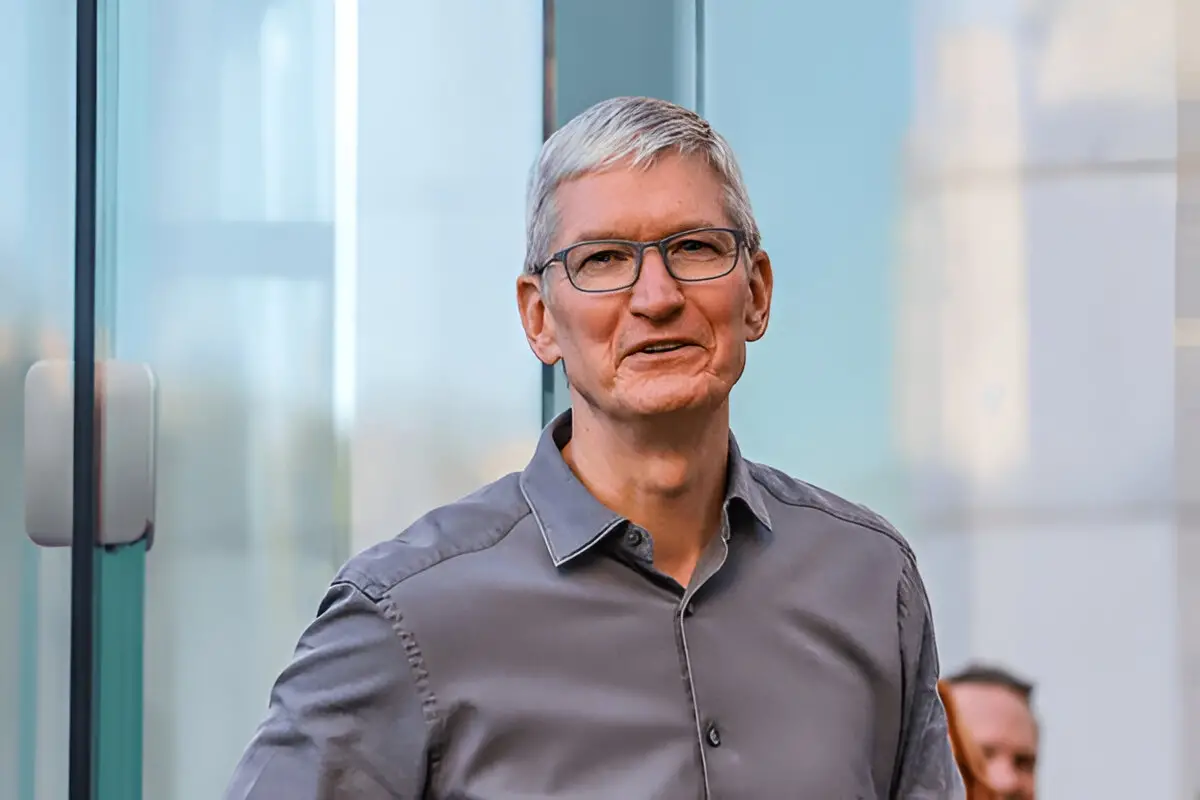
Apple Quietly Ramps Up India Production to Shield iPhones From Future Tariff Hikes
by Amiya Nandy in Phones on May 2, 2025Apple may not only be getting ready for an arduous quarter, but it is also getting ready for a probable trade war.
Within just one day after CEO Tim Cook had announced that more than 50% of U.S. iPhone shipments were from India, there have been new indications from the Apple supply chain that the company is upping the ante on not only moving the remaining assembly of iPhones from China, but also the upcoming MacBooks and even accessories, to other countries.
It may sound ridiculous, but it is happening apparently due to the fact that the Trump administration is ready to impose even more tariffs. Meanwhile, the rest of the world is still in a state of turmoil.
A $900 Million Hit, and More Could Follow
Apple has reported that in the second quarter, they will be liable to pay about $900 million to the government to cover the tariffs that have been in place on a certain group of Chinese products; this is the amount mainly owing to the fact of the parts for some devices, the repairs, and also some of the earlier products that the legacy iPhone line is stacked up on and all are still being delivered from China.
Conversant with the matter, the researchers responsible for the logistics of the company claimed that presently the contract negotiations are going full steam ahead between Apple and manufacturers in India and Vietnam and they are in the process of changing the route so that between 70–80% of the U.S.-bound iPhones will be coming from the Indian facilities by the beginning of the first quarter of 2026.
Why Apple Is Moving Faster Than Expected
The Trump administration has, for the time being, set a 125% tariff only on tech imports from China. Nevertheless, the situation remains unclear as the new tariffs on smartphones that can hit China have not yet been put into effect (but are still in process). The 20% import duty of the iPhones is still there, in addition, and there are constant political signals that the devices made in China and using semiconductors sourced from foreign countries could still be jacked up with a penalty.
Apple, afraid of a trade war, is apparently pushing ahead regional diversification. Cook stated that iPads, Macs, and Apple Watches meant for the U.S. are being assembled in Vietnam more and more — a country that is not being affected at all by the newly-added tariff plan.
The core of the business, according to the inside sources, is to make sure that U.S. iPhone prices are at the same level and not to raise prices to reflect import duty during a year of elections when inflation is still a sensitive issue to lawmakers.
How This Looks to U.S. iPhone Buyers
At the moment, Apple has not yet declared any price increases, and the company seems quite upbeat when it comes to absorbing the Q2 impact. According to some analysts, the scenario might not be so encouraging in case of expanded tariffs on finished devices that are pending in the second half of 2025.
Apart from the current situation in terms of the Apple company strategy, local India is really paying off for Apple, as the cost of importing from India is only a tenth and even less compared to China’s twenty percent-plus duties. The saved money from these costs might be the reason why iPhone 15 and SE models have not yet been influenced by the increased material costs and have maintained their normal prices.
However, changes in the situation may still occur. Firstly, the Trump administration is said to be reevaluating whether new tariffs will be relevant for all tech hardware that employs Chinese labor or materials — an idea that would send shockwaves through not only Apple but the entire electronics industry if it were implemented.
The Bigger Picture: Apple’s Next Assembly Hub?
In India, Apple has been making significant strides in iPhone production by partnering with Foxconn, Pegatron, and others over the last five years. Local authorities of the country have been seen as encouraging U.S. high-tech giants to come over and invest, promising tax shields, manpower support, and eased export regulations.
It looks like India will be the assembly hub for the largest group of iPhones that is destined for the United States, probably by the middle of 2026, as the majority of companies are desperately seeking to move away from the over-dependence on the Chinese due to the political pressure that still continues.
Even though there has been no increase in the iPhone prices in the U.S. by Apple, its agile supply chain system reflects that the tariff hazard is really there. In the meantime, India is the company’s antidote to growing costs and government unpredictability.
Their efficient supply chain management would keep iPhone prices down.





